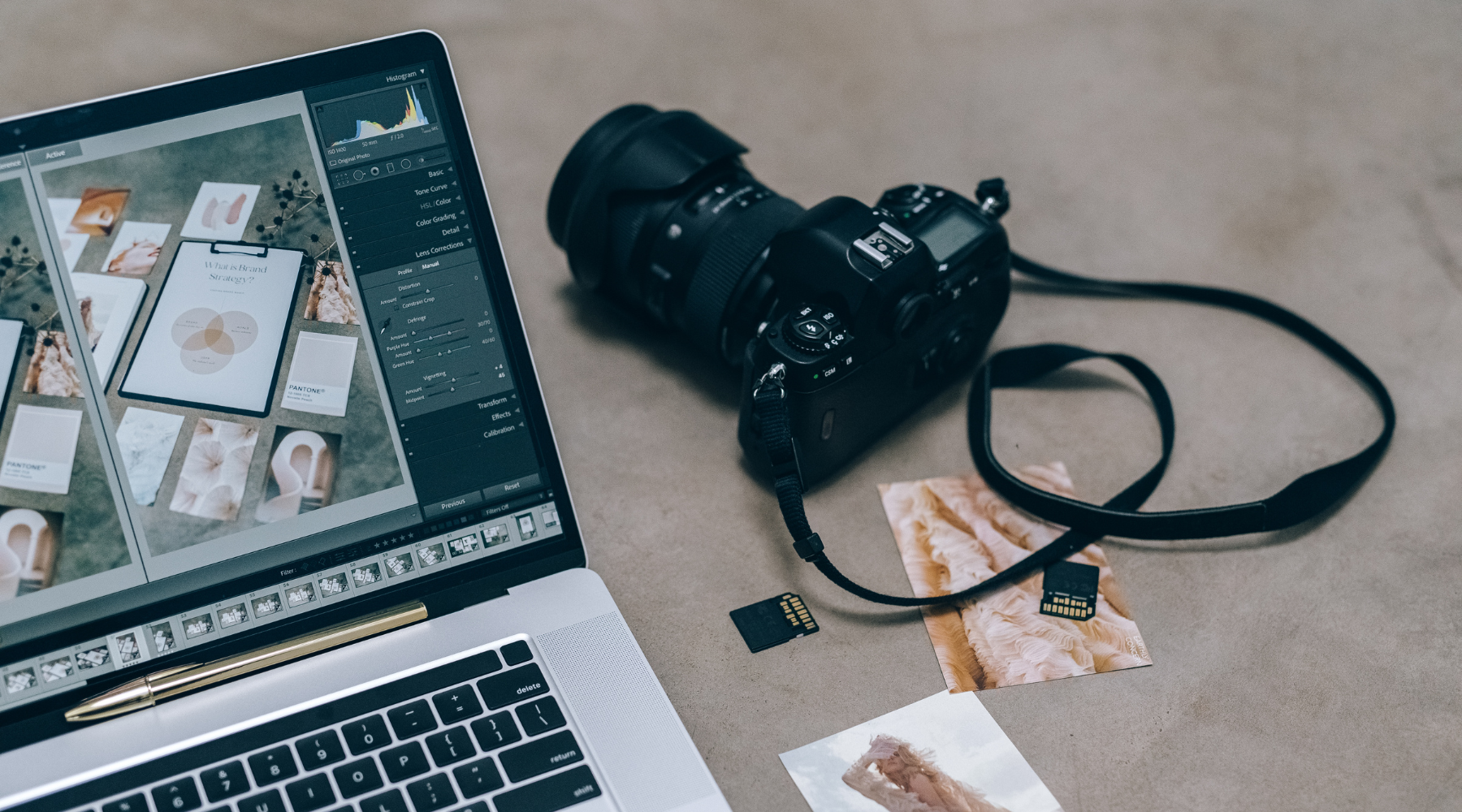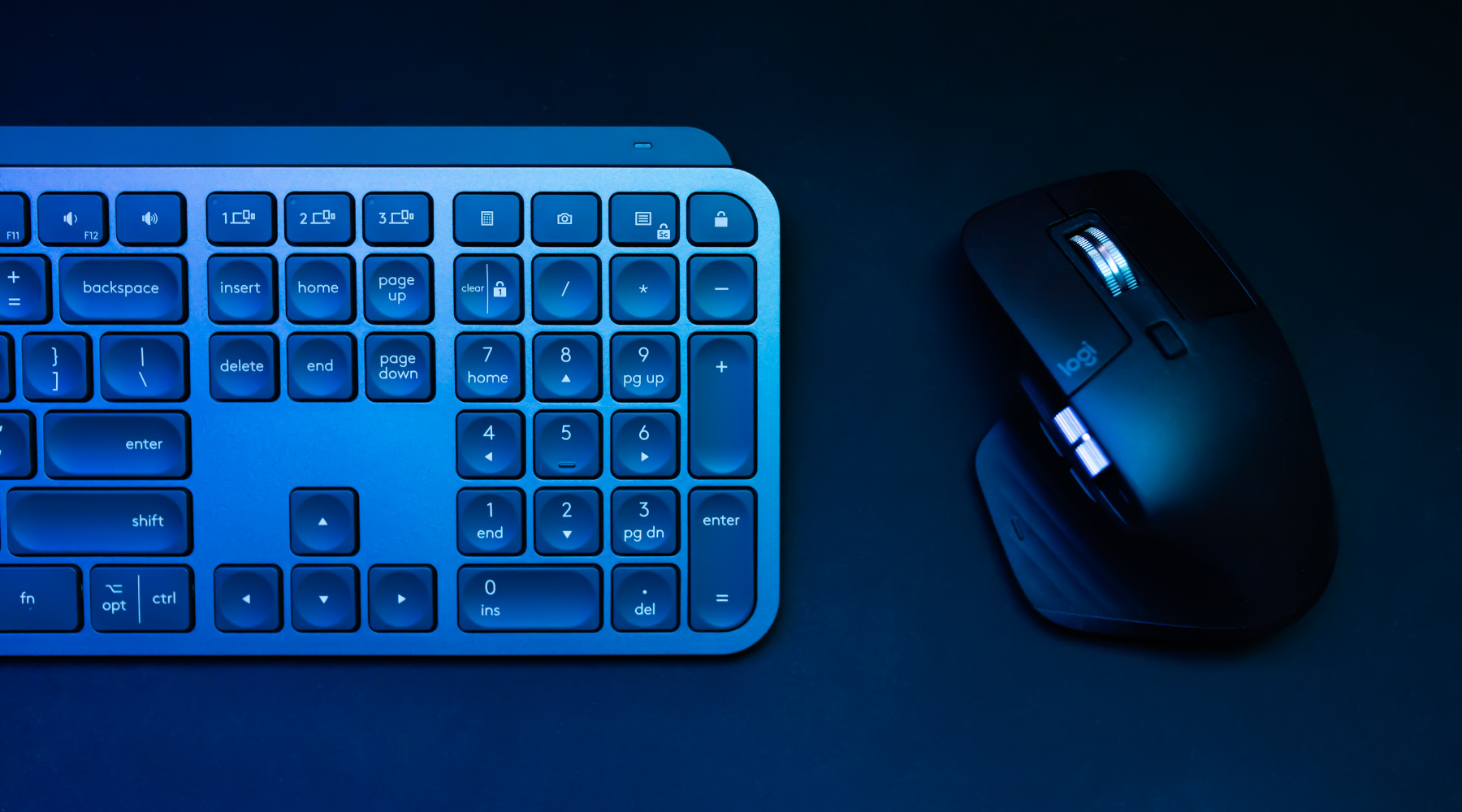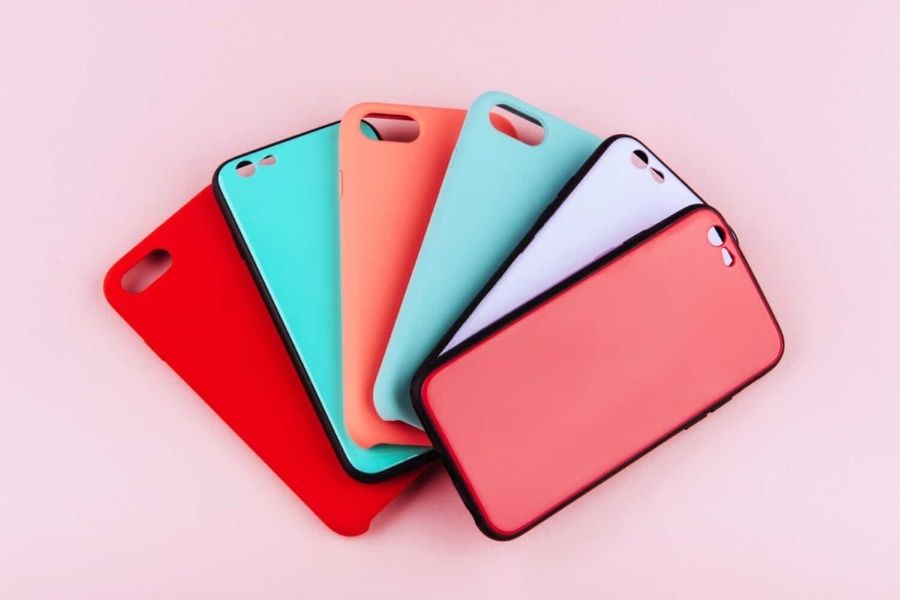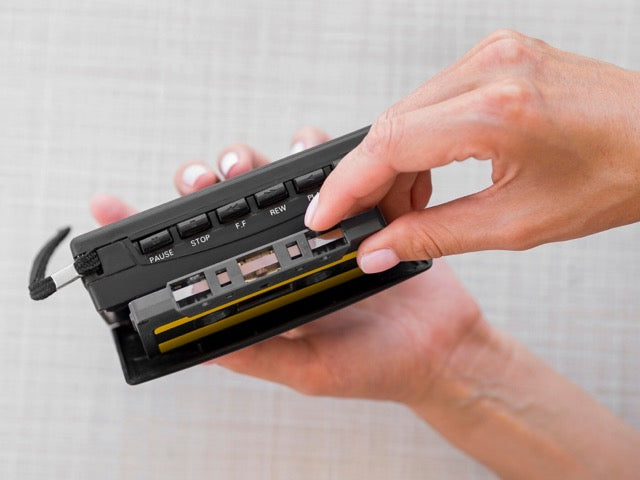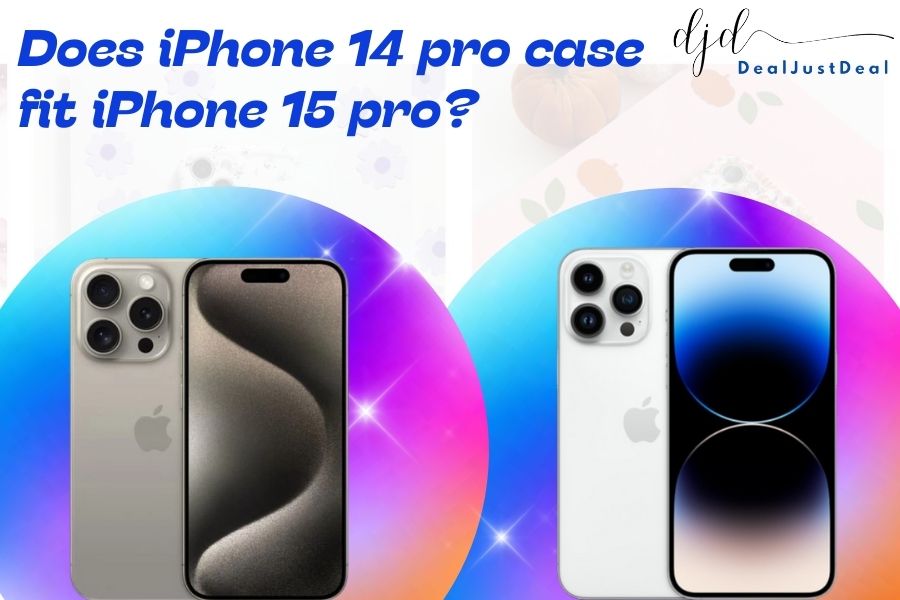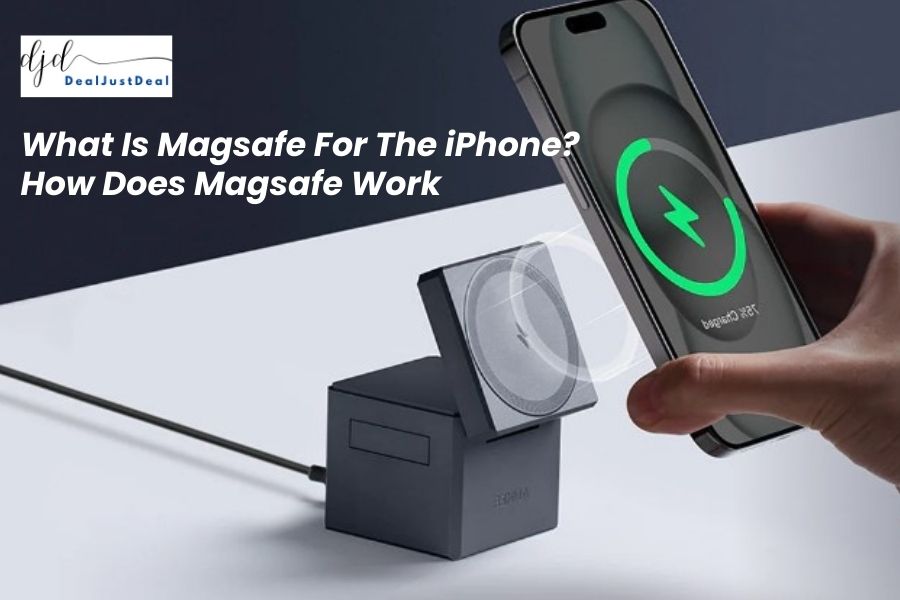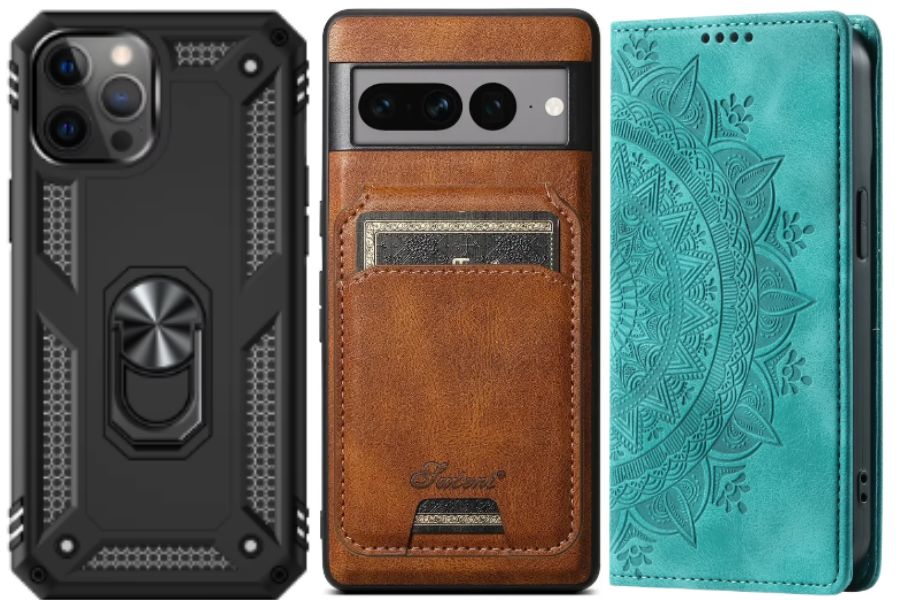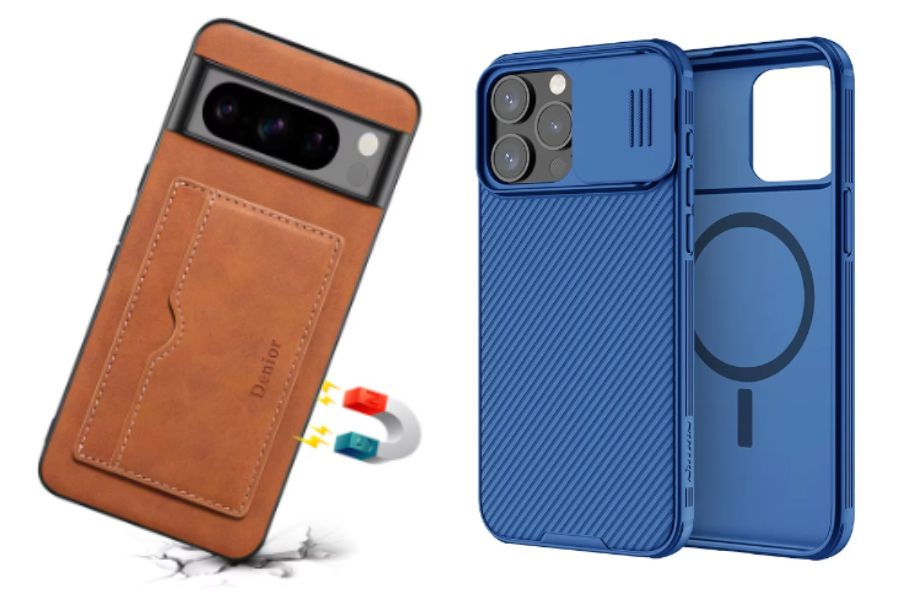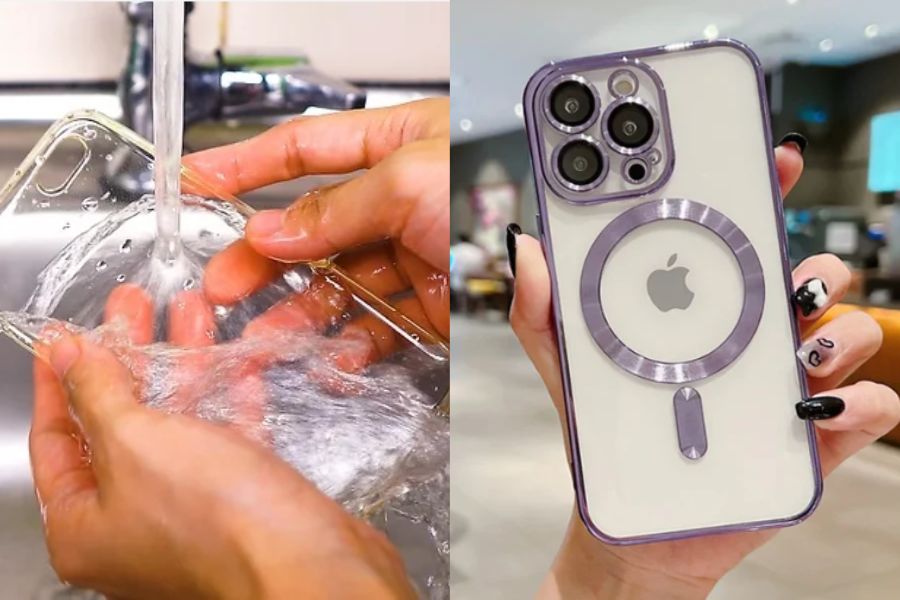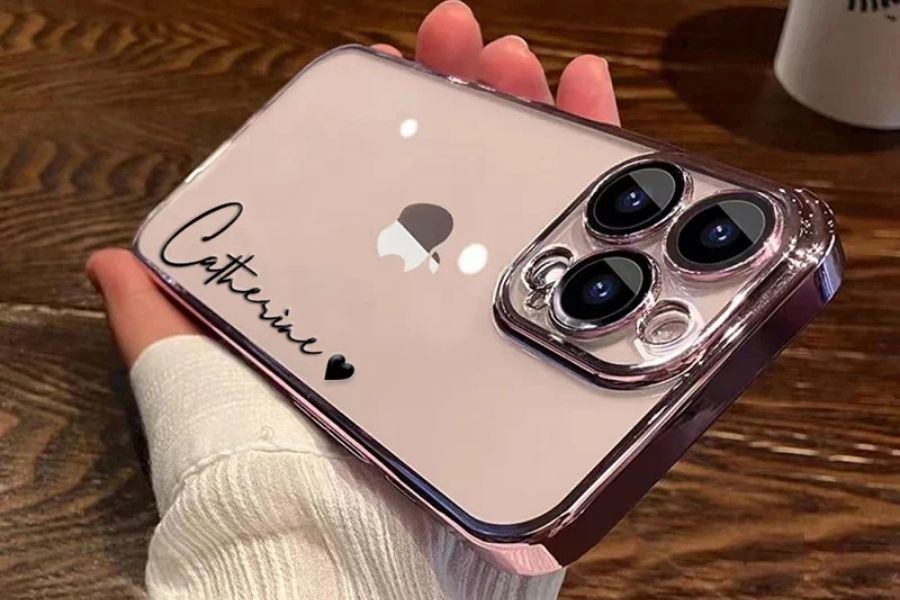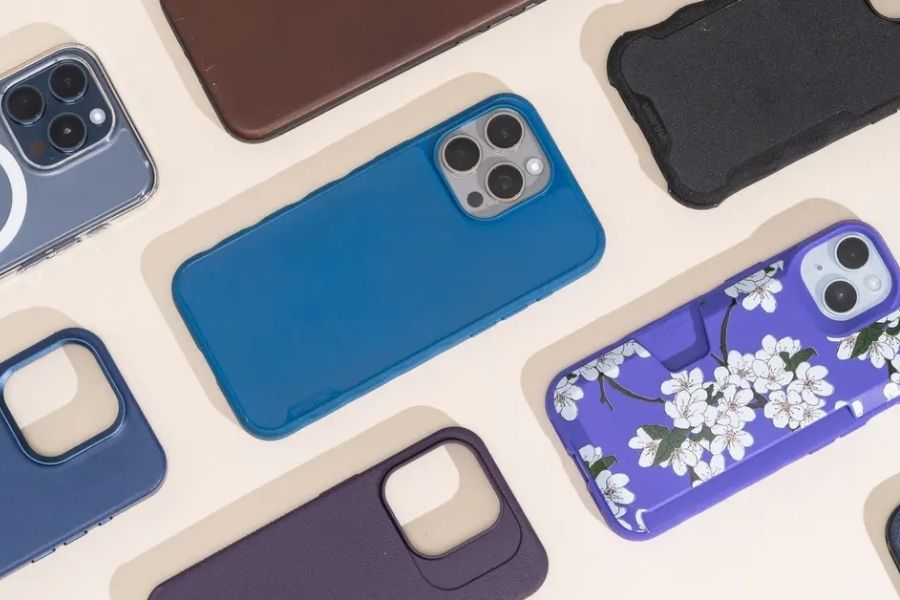Key Takeaways
- Since the introduction of cell phones, particularly smartphones, phone cases have become more inventive and durable. Uncover their history to learn how they came to save the day.
- When buying a phone case, one of the first factors you must consider is the material to choose. Certain materials are more durable than others, which can significantly improve the protection of your phone. Discover five common materials below!
- With so many materials, pricing, and designs available, it might be daunting to choose the best type of phone case for protection. Let's take a deeper look at different phone case types.
History Of Phone Cases
The Motorola MR20, released in 1996, had a tiny black leather case with a translucent, flexible plastic covering the keypad and screen. However, these cases provided minimal protection and were mostly intended to avoid scratches on the phone's surface.
In the 2000s, many middle-aged men carried a smartphone attached to their belt loop, just like they would a compass or a pocket knife.
Though these phone cases never became the standard, they began to gain popularity around the turn of the millennium as a handy and alternate method to carry your phone.

An example of the cell phone holster. Source: D&M Leather Studio
Multipurpose novelty cases replaced the leather phone cases of the 1990s. These cases offered nothing in terms of protection or usefulness but did allow the phone to represent the owner's unique style.
The importance of cell phones in our lives has increased, and so has the requirement for a protective phone case. Your phone is usually built of costly and occasionally fragile materials. Hence, the case should protect it without losing elegance.
Today's cases are primarily made of sturdy plastic, high-quality leather, and smooth silicon. Continue reading to discover.
Type Of Phone Case Materials
Plastic
Plastic is the most popular material for phone cases due to its low cost, adaptability, and durability. Most cases are constructed from one of three materials, each with its unique features:
- Polycarbonate (PC): The strong, rigid design makes them more impact-resistant than other materials. They are ideal if drop protection is a priority.
- Acrylic: They stand out for their crystal-clear look. You may display your naked phone with a thin layer of protection; however, these cases tend to discolor with time.
- Thermoplastic polyurethane (TPU): These cases are softer and more flexible than PC cases, though not as soft as silicone.
Silicone

Silicone is a popular material
Silicone is a versatile material that smartphone users either love or despise. This material is popular among customers because of its blend of flexibility, protection, and grip.
Yet, a pure silicone case can stretch out over time and necessitate more frequent replacement. Also, it collects dust, dirt, lint, and other material that is tough to remove.
Leather
Leather and synthetic leather are more costly and less durable than the other types of phone cases material mentioned above.
However, if you want a nice case to carry to work, this may be to your preference. These phone cases are often made of leather or synthetic leather that is molded around a hard plastic case to give it form.
Wooden

Another common material is wooden
Wooden cases may appear appealing, but they are not as practical as other iPhone case types. This material is prone to cracking, nicking, and splintering, and it may also suffer water damage if not properly sealed.
These cases are additionally bigger since the wood is frequently inlaid into a hard plastic casing, resulting in two layers rather than one.
Metal
Metal has recently emerged as a popular material for everyday carry. From cell phone cases to minimalist metal wallets, it's a high-quality material that looks nice, feels well, and provides plenty of protection.
Aluminum and stainless steel are the most common materials, but they are sometimes combined with rubber for further shock absorption.
Rubber

Rubber is a type of phone case material
Rubber is widely used to add to hard cases to give additional grip. People love it for its flexibility, shock absorption, and affordability.
The smooth, gripping feel of rubber casings avoids slippage and makes them simple to handle. They are also resistant to water and dirt, increasing their durability.
What Are The Different Types Of Phone Cases?
Hard Phone Cases
A hard phone case is usually a hard shell-like case that is specifically molded for a certain phone model and snaps onto it. It normally covers the phone's back and all four corners. They are usually tiny and lightweight, adding little bulk to the phone's design.

Hard phone cases
Hard phone cases are commonly available in clear, transparent, or multiple color options, as well as matte and gloss finishes. They protect the phone's back and sides from drops, bumps, and scratches.
Unfortunately, because they are hard, they may break when dropped. Once they break, they normally shatter in the corners since this is the place with the highest stress point.
Here are the pros and cons of hard phone cases:
Pros:
- Sleek design
- Durable protection
- Lightweight and compact
- Various color options
Cons:
- Potential for cracking
- Slippery surface
Silicone Phone Cases
One of the most common types of phone cases is silicone. They are soft to the touch as they are made of silicone. They are also pleasant to hold with your hand since it is not slippery. Furthermore, silicone phone covers offer exceptional drop protection for your phone due to its thick, rubber-like material.

Silicone phone cases
Another reason people enjoy this kind of case is that it is affordable while providing adequate protection. Not to mention, they come in various colors and styles to select from!
Below are the pros and cons of silicone phone cases:
Pros:
- Affordable
- Water-resistant
- Flexible and soft
- Exceptional shock protection
- Non-slip grip
Cons:
- Stretch over time
- Pick up dust and lint
Tough Armor Phone Cases
If you live an active or adventurous lifestyle, a tough armor phone case may be your best option. These cases, made of materials such as strong plastic, rubber, and TPU, are designed to endure tough circumstances.
For this reason, many people consider them as the best type of phone case for protection. They offer excellent protection from spills, shocks, and even water splashes, thanks to reinforced corners and raised edges.

Tough armor phone cases
Notably, the main disadvantage of this style of case is that it increases the size of your phone, making it tough to carry in your pocket.
Below are the pros and cons of tough armor phone cases:
Pros:
- Maximum protection
- Durable
- Raised edges
- Shock absorption
Cons:
- Bulky
- Challenging to handle
- Expensive
Wallet Phone Cases
These are a trendy type that can serve as both a phone case and a wallet. Wallet phone cases are often constructed of leather, most commonly PU leather, but can also be authentic leather.
These cases feature a polycarbonate insert into which the phone can be secured, as well as a leather wrap around the back that you can fold over the phone's front. The front part opens like a book to reveal the phone and wallet compartments. The phone's wallet compartment can normally hold 1-4 cards in conventional credit card size.

Wallet phone cases
One primary drawback is that they might be a little bulky in the pocket because of the front and rear protection. Cards within may give additional thickness.
Below are the pros and cons of wallet phone cases:
Pros:
- Stylish
- Multi-functional
- Full coverage
Cons:
- Bulky
- Wear and tear
Leather Phone Cases
Leather phone cases offer a touch of beauty and high-end style. These cases, made of authentic or synthetic leather, bring an elegant appearance and provide solid protection for your smartphone.

Leather phone cases
Leather cases age well, producing a distinct patina with time that adds character to your phone. While not as shock-absorbing as other materials, they are a sleek and elegant choice for executives in business and fashion enthusiasts.
Below are the pros and cons of leather phone cases:
Pros:
- Stylish and elegant
- Durable
- Comfortable grip
Cons:
- Require maintenance
- Less impact absorption
- Sensitive to stain and water
Frequently Asked Questions
What Are The Best Types Of Phone Cases For Protection?
Some types of cell phone cases may be better or worse than others depending on how you use your phone on a regular basis, but you and your usage will mostly determine it. For example, if you need protection against greater impacts, a hard polycarbonate case may be worth considering.
How Much Does A Good Phone Case Cost?
A good phone case usually costs between $20 to $100, depending on the brand, level of protection, and material. Basic protective cases are inexpensive, while shockproof, rugged, or waterproof ones may be more costly. Premium cases with additional functions, such as wallet functionality or unique designs, may further increase the price.
What Brand Makes The Best Phone Case?
Mous, Casetify, LifeProof, Spigen, Case-Mate, and other top phone case brands are well-known for providing high-quality protection and style. Each of these brands has a specialty based on consumer requirements, but they are always evolving as people's demands change.

